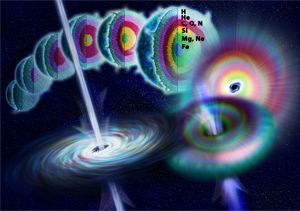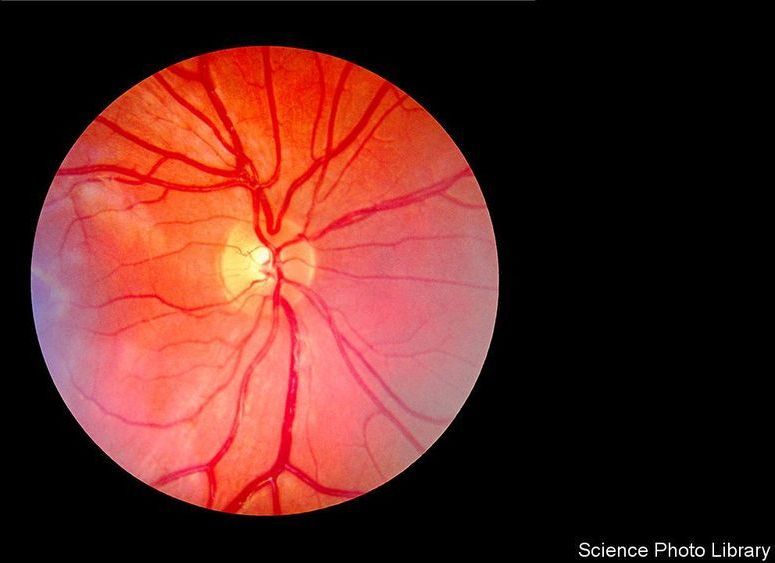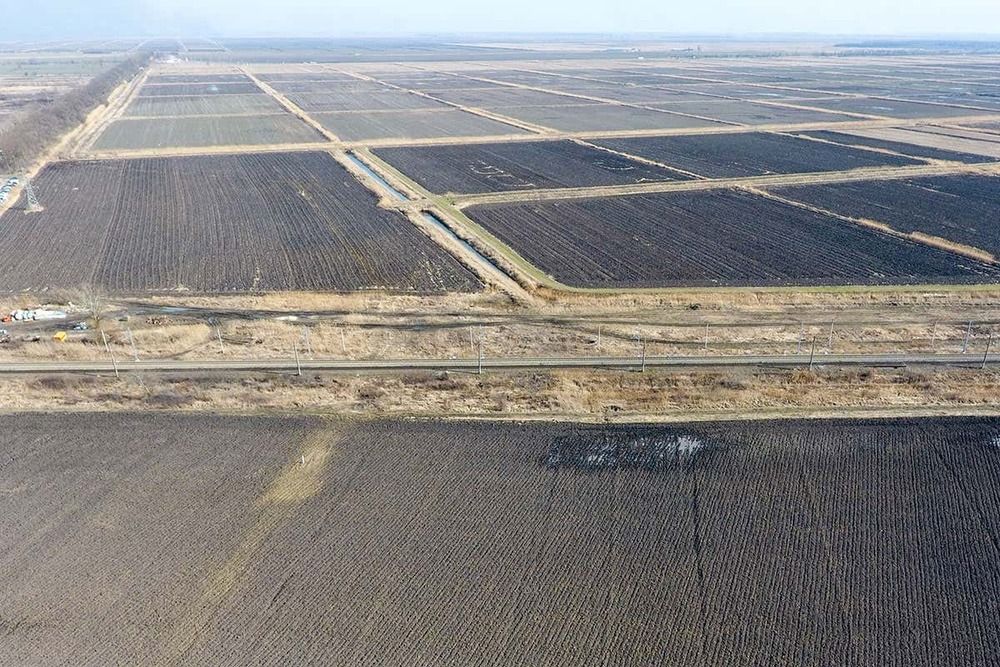When you throw something into a black hole, its information seems to disappear. This may be a hint that black holes, as well as our entire universe, is 2-dimensional.


Scientists have long assumed that fungi exist mainly to decompose matter into chemicals that other organisms can then use. But researchers at the Albert Einstein College of Medicine of Yeshiva University have found evidence that fungi possess a previously undiscovered talent with profound implications: the ability to use radioactivity as an energy source for making food and spurring their growth.
“The fungal kingdom comprises more species than any other plant or animal kingdom, so finding that they’re making food in addition to breaking it down means that Earth’s energetics—in particular, the amount of radiation energy being converted to biological energy—may need to be recalculated,” says Dr. Arturo Casadevall, chair of microbiology & immunology at Einstein and senior author of the study, published May 23 in PLoS ONE.
The ability of fungi to live off radiation could also prove useful to people: “Since ionizing radiation is prevalent in outer space, astronauts might be able to rely on fungi as an inexhaustible food source on long missions or for colonizing other planets,” says Dr. Ekaterina Dadachova, associate professor of nuclear medicine and microbiology & immunology at Einstein and lead author of the study.


Circa 2019
A gamma-ray burst registered in December of 2017 turns out to be “one of the closets GRBs ever observed”. The discovery is featured in Nature – and it has yielded valuable information about the formation of the most luminous phenomenon in the universe. Scientists from the Niels Bohr Institute at the University of Copenhagen helped carrying out the analysis.
Jonatan Selsing frequently receives text messages from a certain sender regarding events in space. It happens all around the clock, and when his cell phone goes ‘beep’ he knows that yet another gamma-ray burst (GRB) notification has arrived. Which, routinely, raises the question: Does this information — originating from the death of a massive star way back, millions if not billions of years ago – merit further investigation?
“GRBs represent the brightest phenomenon known to science – the luminous intensity of a single GRB may in fact exceed that of all stars combined! And at the same time GRBs – which typically last just a couple of seconds – represent one of the best sources available, when it comes to gleaning information about the initial stages of our universe”, explains Jonatan Selsing.
Devices made with 2D semiconductors might start to appear sooner than you expected.
If there’s one thing about Moore’s Law that’s obvious to anyone, it’s that transistors have been made smaller and smaller as the years went on. Scientists and engineers have taken that trend to an almost absurd limit during the past decade, creating devices that are made of one-atom-thick layers of material.
The most famous of these materials is, of course, graphene, a hexagonal honeycomb-shaped sheet of carbon with outstanding conductivity for both heat and electricity, odd optical abilities, and incredible mechanical strength. But as a substance with which to make transistors, graphene hasn’t really delivered. With no natural bandgap—the property that makes a semiconductor a semiconductor—it’s just not built for the job.
Instead, scientists and engineers have been exploring the universe of transition metal dichalcogenides, which all have the chemical formula MX2. These are made up of one of more than a dozen transition metals (M) along with one of the three chalcogenides (X): sulfur, selenium, or tellurium. Tungsten disulfide, molybdenum diselenide, and a few others can be made in single-atom layers that (unlike graphene) are natural semiconductors. These materials offer the enticing prospect that we will be able to scale down transistors all the way to atom-thin components long after today’s silicon technology has run its course.

Retinal scanning could be a huge leap forward. Even in rich countries, 50% to 80% of Alzheimer’s cases go undiagnosed.
And, after that, of stroke susceptibility and heart disease.

An out-of-this-world building experience is coming! 🌙 ⭐️ The LEGO International Space Station is available February 1st!

How do you all feel about this?
Strips you pee on at home and then scan with your phone to see if you are dealing with any deficiencies. The test results provide food recommendations, supplement recommendations, and lifestyle recommendations intended to help improve the way you “look, feel, and perform…”
Probably rudimentary but I like where their head is at.
With Bloom you can track 15 health metrics from the comfort of your home and get personalized food, supplement and lifestyle recommendations to help you feel your best.
